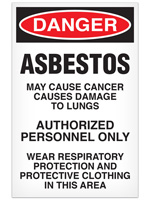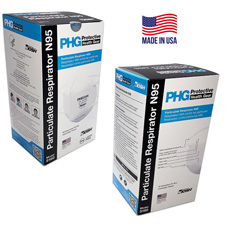| The Home page of ILPI's Safety Data Sheet (SDS) Resource, the leader in SDS information since 1995! | |
| The history and philosophy behind this resource. | |
| A curated collection of books and reference materials concerning Safety Data Sheets and closely related topics. | |
| Paste your plain text SDS into the SDS-Demystifier, and it will be converted into a hypertext-enriched document with links to detailed explanations of each key term. | |
| An extensive list of frequently asked questions about Safety Data Sheets including regulations, content, compliance, and more. | |
| A humorous take on Safety Data Sheet jargon. Fill in the blanks on our entry form to generate a personalized Unsafety Data Sheet to share with your coworkers. | |
| Since 1995, we've maintained this massive curated list of the best places to find Safety Data Sheets on the Internet. | |
| You are here! Way more than a glossary, this hypertext-enhanced resource covers hundreds of SDS-related terms and expert knowledge. Each entry includes both the SDS relevance and links to additional authoritative resources. | |
| Archived results of Safety Data Sheet related polls taken by some of our millions of site visitors | |
| The OSHA regulations behind SDS regulations, including the inspection guidelines and over 400 official interpretations letters under the Hazard Communication Standard | |
| Commercial suppliers of SDS authoring and management software as well as cloud compliance services. | |
| Commercial companies that will create SDS's for your specific needs as well as SDS translation companies. |

Safety signs, banners, and scoreboards? Get yours at Safety Emporium!

Signs, training materials and supplies from Safety Emporium can help ensure a safe and healthy workplace.
Definition
- Pneumoconiosis is fibrosis and scarring of the lungs due to the chronic (long-term) occupational inhalation of dusts such as coal, silica or asbestos.
- Silicosis is the most common form of pneumoconiosis and is caused by inaling free silica or crystalline silica (SiO2).
- Asbestiosis is a form of pneumoconiosis caused by inhalation of asbestos fibers.
There are additional forms of pneumoconiosis that affect coal miners, welders, hard mineral dusts, talc, kaolin and more. See the first link under Further Reading below.
SDS Relevance
Section Section 11 (toxicological information) of the Safety Data Sheet will warn of pneumoconiosis if the material is known to cause this kind of damage. Pneumoconiosis is a serious hazard at locations where dust is produced. Examples include coal mines, quarries and foundries. Breathing dust day after day is not normal and can result in permanent lung damage. Always take care to minimize the formation of dusts in the first place and use adequate personal protective equipment (PPE) such as dust masks or respirators in the presence of such materials. Section 8 (exposure controls/personal protection) of the sheet will have specific recommendations.
Keep in mind that the lung damage caused by inhalation of dusts may initially not cause any symptoms, even though damage has been done. If you wait until symptoms appear before taking appropriate precautions, the damage may be irreversible.
Further Reading
- The American Lung Association's Coal Worker's Pneumoconiosis (Black Lung Disease) web page.
- Pneumoconiosis at Johns Hopkins Medicine.
- Coal worker's pneumoconiosis at the NIH's MedlinePlus Encyclopedia.
- Silicosis at the American Lung Association.
- Silica, Crystallines at OSHA discusses silicosis and how it can be avoided.
- Asbestiosis - Symptoms & Causes at the Mayo Clinic.
- Asbestiosis at the American Lung Association.
- Pitfalls in Diagnosing Occupational Lung Disease (OLD) for Purposes of Compensation by Lawrence Martin, M.D. in J. Law Health, 1998, 13(1), pp 49-68.
- Prognostic effect of tuberculosis on patients with occupational lung diseases from Medicine (Baltimore), 2016, 95(37), e4748.

Get your PPE such as made in USA NIOSH-approved N95 masks from Safety Emporium.